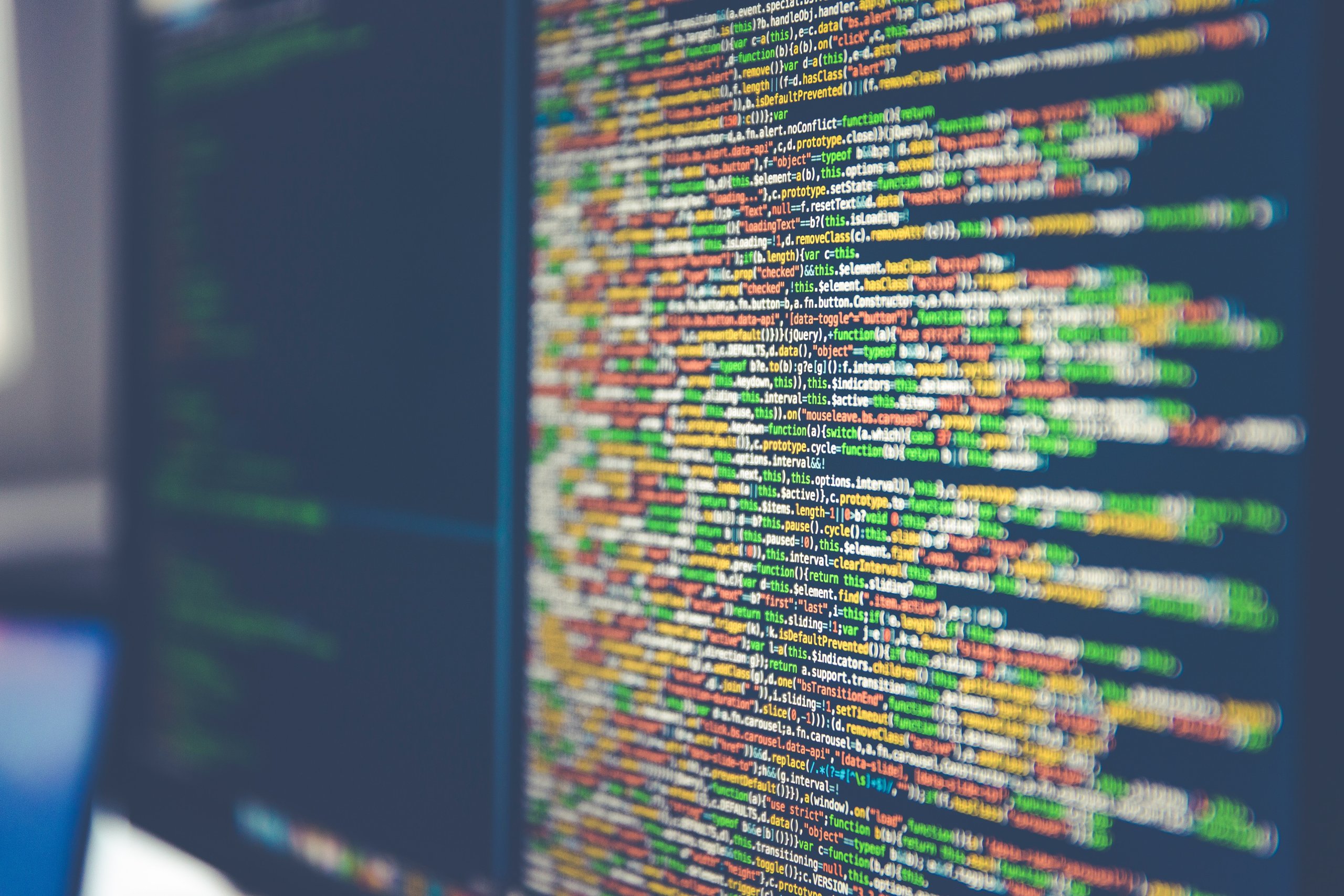You would hardly be able to believe how technology is changing agriculture. Starting from genetically enhanced plant breeds to drones used to monitor the fields, technology has made everything better. In 1997, only three years after the main hereditarily altered nourishment hit the basic need racks, Europe made GMO names required, however, despite everything the US hasn’t made a government control. At present, there are harvests being developed that are hereditarily changed to develop in living spaces other than their local ones, to expand yield efficiency to bolster more individuals. Cases of this incorporate wheat, rice, and different grains. Fish, poultry, and hamburger are likewise frequently altered to expand the amount of meat by enlivening the rate of development of a creature or by adding proteins or different supplements to the meat.
The Role of Technology in Agriculture
Exactness horticulture is another way in which technology has improved the effectiveness of the food industry. Exactness horticulture is regularly called satellite cultivating and alludes to the utilization of GPS following frameworks and satellite symbolism to screen trim yields, soil levels, and climate examples to expand productivity on the homestead. Exactness technology is progressively imperative as the issue of bolstering nine billion individuals by 2050 turns out to be more evident. The technology was received in the mid-nineties and began with harvest yield screens. Presently, there are instruments, for example, climate examination programming and soil testing units to screen nitrogen and phosphorous levels. Utilizing these exactness technology frameworks, agriculturists can pinpoint a correct area in a field to decide how profitable the range is.
Sometime recently, the whole field was dealt with as one unit, however now, agriculturists can discover which zones are more reasonable for which trims so they don’t squander seed, compost, or pesticides. It is likewise critical from a natural stance. Agriculturists can have more reasonable practices and utilize fewer assets, for example, water to tend their fields. Cultivates frequently traverse substantial separations, and agriculturists require help to screen the efficiency of the territories. Automatons are turning into a famous other option to additional homestead hands or satellites and propelled technology is making the automatons more profitable. With automatons, ranchers can find absolutely where an ailing or harmed plant is, all the more precisely discharge manure and pesticides, or take photographs and have prompt information about a specific territory of the homestead. Sensors are and will keep on being essential to sustenance technology.
The Internet of Things has as of now gone to the homestead in the types of water system advances, trim yield checking. A framework called WaterBee gathers information on soil content and other natural variables utilizing remote sensors to lessen water squander. Sensors in grain receptacles permit ranchers to screen the temperature and dampness levels remotely. Another case of IoT use on ranches is Z-Trap, a gadget used to screen creepy crawlies and examine information on products remotely utilizing GPS directions and remote sensors. Technology can make agriculture better and more improved for a better future, so more people can eat better foods.






















Leave a Reply